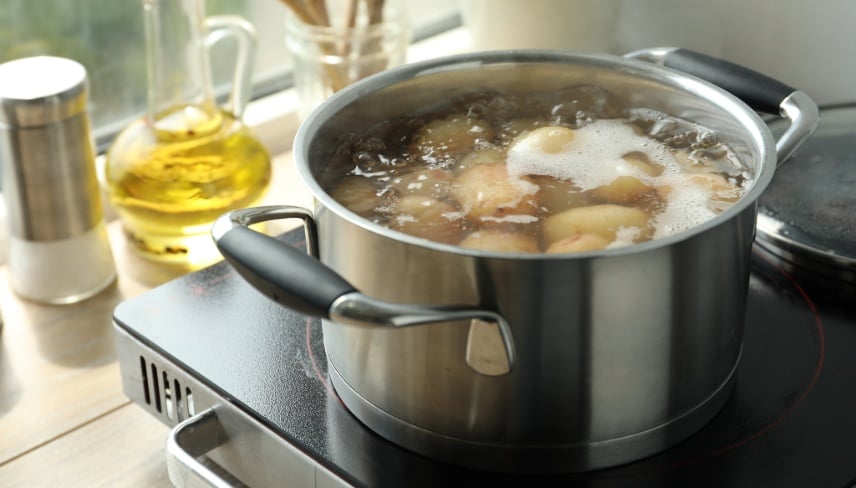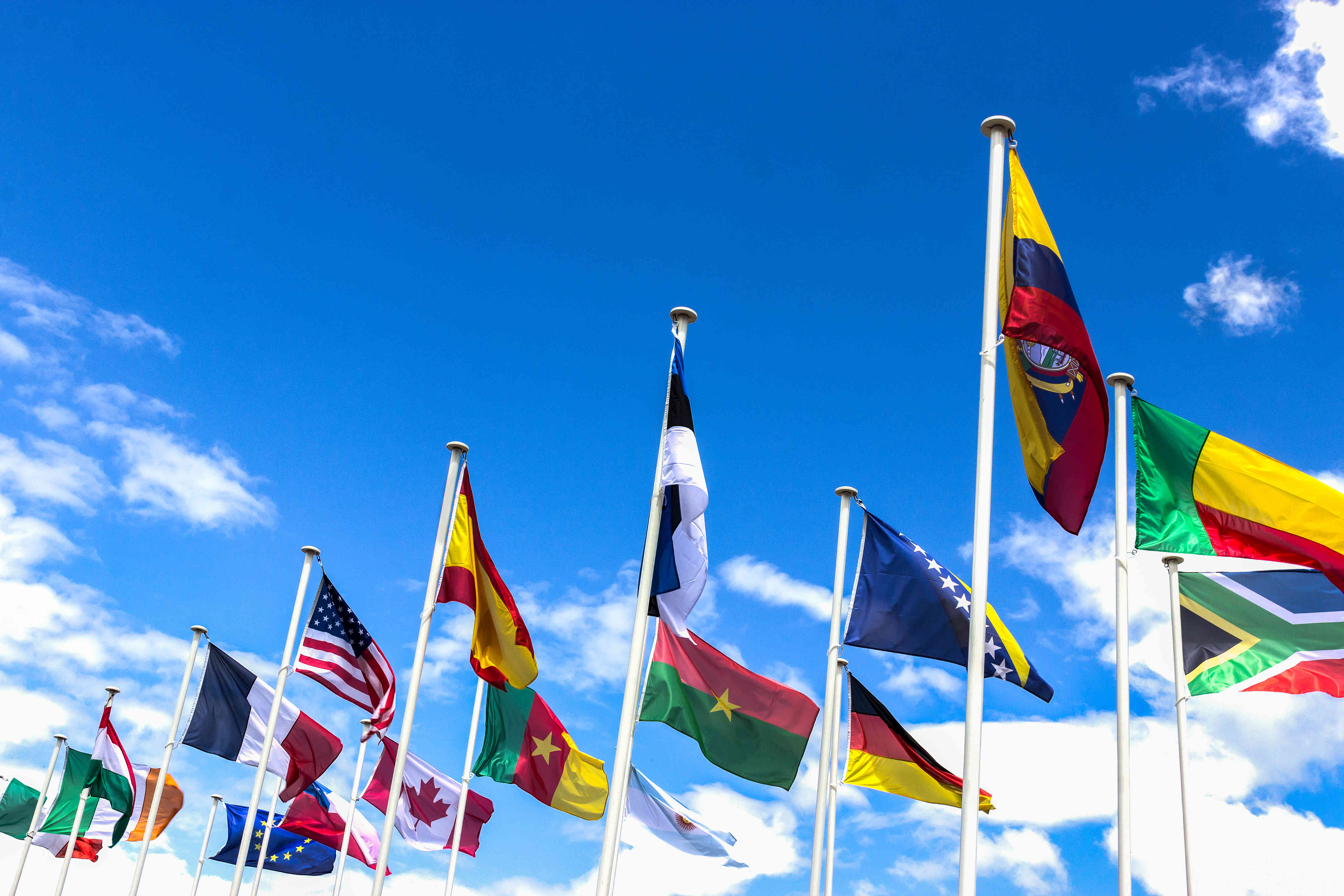USA – Minnesota’s Governor Signed a Bill to Amend the Statutes Concerning Lead and Cadmium in Consumer Products

Vol. 1481 | 03 Jul 2025
Minnesota restricts lead and cadmium in consumer products, with new exemptions for certain product categories.
On June 12, 2025, the Governor of Minnesota signed into law the Commerce and Finance Policy Bill HF 4. This bill includes amendments to Minnesota Statutes 2024, section 325E.3892, concerning lead and cadmium in consumer products.
Current Limits on Lead and Cadmium
Under the existing law, it is prohibited to manufacture, sell, distribute, or offer for use any covered product that contains:
- Lead in excess of 0.009% by total weight (90 parts per million);
- Cadmium in excess of 0.0075% by total weight (75 parts per million).
New Exemptions
The amended law introduces several exclusions to these prohibitions (new exemptions are in bold). The restrictions do not apply to:
- covered products containing lead or cadmium, or both, when regulation is preempted by federal law;
- covered products that contain lead only in solder used in internal components if:
- the product is not imported, manufactured, sold, held for sale, distributed, or offered for use in this state after July 1, 2028; and
- the manufacturer of the product submits biennial reports to the commissioner of the Pollution Control Agency that explain the barriers to removing lead from the product, progress towards adoption of lead-free alternatives, and a timeline to fully adopt a lead-free alternative;
- keys that contain lead and are imported, manufactured, sold, held for sale, distributed, or offered for use in Minnesota before July 1, 2028;
- keys that contain lead equal to or less than 1.5 % by total weight and are imported, manufactured, sold, held for sale, distributed, or offered for use in Minnesota after July 1, 2028; or
- pots and pans, if the pot or pan:
- is made of cast iron or steel;
- has cadmium contained only in a vitreous enamel that does not come into contact with food; and
- does not contain lead in concentration greater than the limit established.
These amendments are already in effect.
Definition of Covered Products
The term “covered products” includes, but is not limited to:
- jewellery;
- toys;
- cosmetics and personal care products;
- puzzles, board games, card games, and similar games;
- play sets and play structures;
- outdoor games;
- school supplies, except ink pens and mechanical pencils;
- pots and pans;
- cups, bowls, and other food containers;
- craft supplies and jewellery-making supplies;
- chalk, crayons, children's paints, and other art supplies except professional artist materials, including but not limited to oil-based paints, water-based paints, paints, pastels, pigments, ceramic glazes, markers, and encaustics; (this definition is newly amended in this bill)
- fidget spinners;
- costumes, costume accessories, and children's and seasonal party supplies;
- keys, key chains, and key rings; and
- clothing, footwear, headwear, and accessories.
